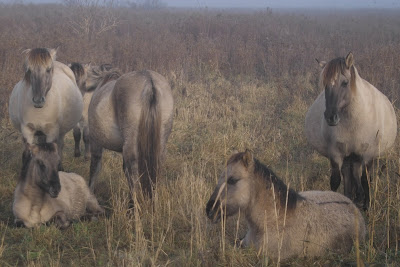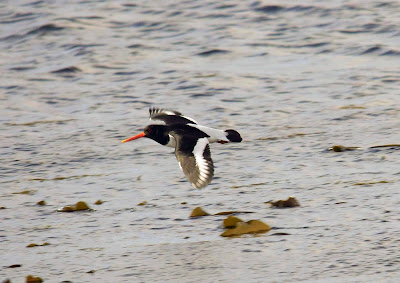Over recent months I have been watching the Westminster Government very closely. Three issues on which they have said much in that time give me great concern for our wildlife.
 |
| Over 50% of our butterflypopulations have been lost in recent years |
First of all their intention to relax planning laws which may see building on more green sites some of which have significant nature conservation value in a local context. There are still plenty of sites in towns and cities on which building can take place and indeed there are apparently plenty of sites already with planning consent waiting for building to commence. This means once again Government would be better convincing bankers to make funds available to get this process started. Even John Gummer (Lord Deben) has expressed concern at the Governments policy on this issue.
 |
| If Planning laws are relaxed we could see more building on heathland on the edge of towns and cities. |
Anyone who listened carefully to the Chancellor's autumn statement could not miss his promise that environmental and wildlife legislation would be reviewed. What exactly he has in mind is anyone's guess. I can imagine some traditional Tory landowners who consider nobody should affect what they do on their land being miffed at some of the current legislation. Many of the designations on sites in the UK come under EU legislation and it is hoped they remain sacrosanct. Most designations also allow for some flexibitiy (too much to my mind) and allow development if it can be proved to be in the "National Need". It beggars belief that politicians think reducing the legal protection on our best wildlife sites will assist growth to get us out of this dreadful situation that we have been put in by politicians and bankers.
 |
| Some of our major ecosystems could be under threat if wildlife designations are weakened. |
Now today we here that Badger culling will take place in England despite the overwhelming scientific evidence aginst the effectiveness of such action. This decision is entirely political and another sop to some of the supporters of the Tory majority in the coalition. Thank goodness there is currently silence on the review carried out by the Welsh Assembly.
 |
| Badgers still not safe |
So all in all this coalition which was going to be the Greenest Government is actually a serious threat for the future of our wildlife. I also have not even mentioned the unpunished persecution of Hen Harriers in Northern England or the continuing decline in farmland birds. Some of us have worked for 40 years or more to get current legislation in place to protect our wildlfe. The latter is not perfect and could be stronger. It requires Government Agencies in some cases to bring prosecutions but it seldom happens. These agencies have now been castrated by successive governments.
 |
| Hen Harriers being illegally exterminated in Northern England without any apparent Goverment action - photo by Ian Spence. |
If we are to have any relevant wildlife in future it will be down to the NGO's like RSPB and The Wildlife Trusts to be much more vocal and active in enlightening the public what is going on. To achieve this they will need much more support and everyone who cares should join one of these vocal organisations. The NGO's mentioned have far bigger memberships than any political party so we should all be voicing our concerns direct to the Prime Minister. Imagine if he received a 100,000 letters of concern even he might take some notice.


















































